PC hardware trends are like subatomic particles — some stay forever, while others come into existence for a moment before fizzling out. Sadly, some unnecessary trends manage to stick around for a while, inserting their hooks into the user psyche. No one really asked for these trends in the first place; manufacturers birthed them to extract more money from the PC building population. From flashy screens and cheap motherboards to proprietary connectors and overheating SSDs, some PC hardware trends should be sent back into the void.
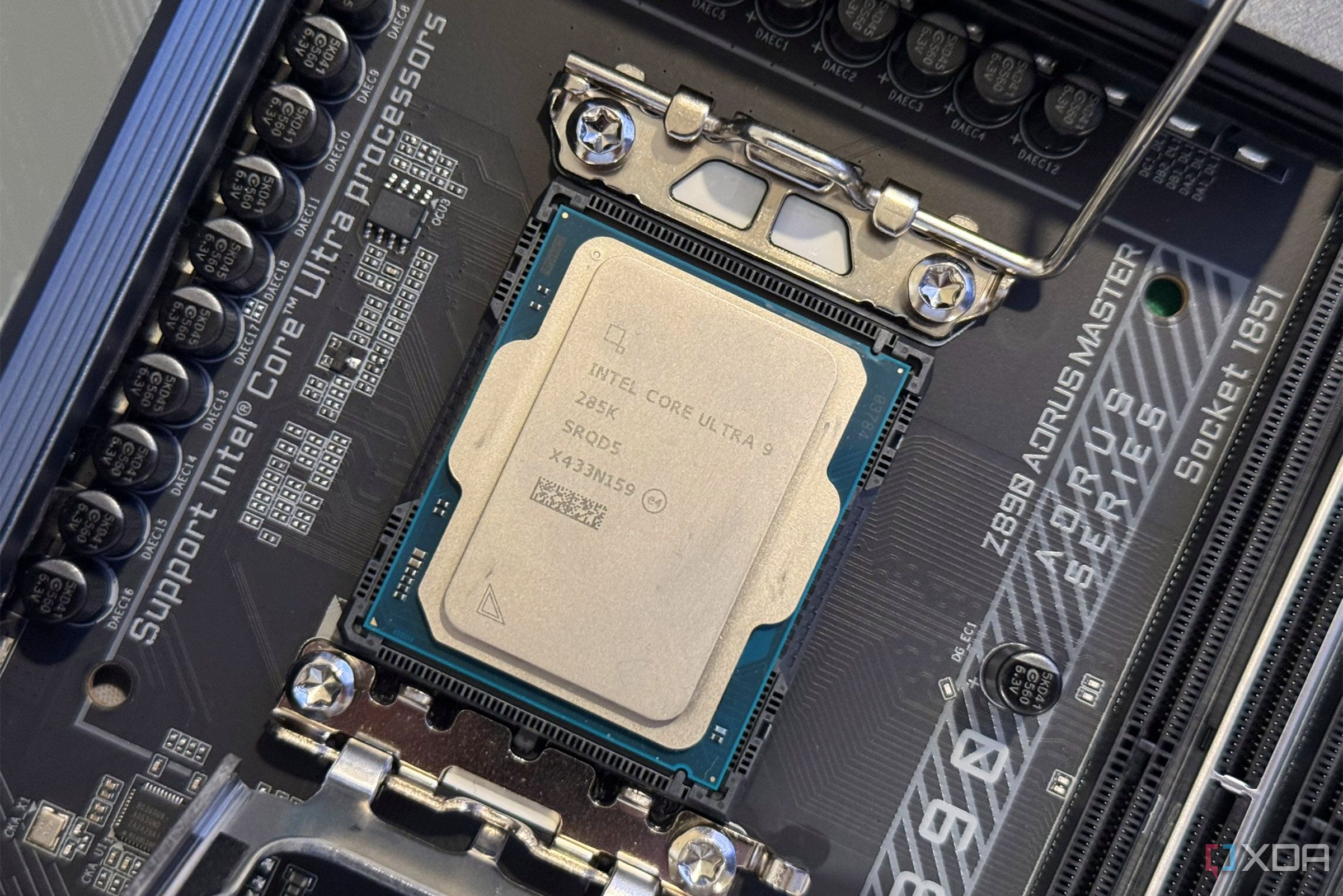
Related
5 PC hardware trends we desperately need in 2025 and beyond
These things need to happen to make gaming PCs great again
6 LCDs on basically everything
Stop it while there's still time
First, it was RGB that took over PC hardware. As consumers began to move away from it, companies started adding LCD screens to every component they could think of. It started with PC cases and AIO coolers, but soon spread to case fans, graphics cards, motherboards, power supplies, and even memory sticks. This year, we're seeing massive standalone screens that you can place outside the PC to run TikToks on loop (or something).
A single small LCD inside the case displaying useful system stats is one thing; cramming LCDs on every square inch of your PC is another. And users need to pay a pretty premium for this privilege, too. If the market doesn't respond negatively to this growing trend soon, the day is not far away when the entire side panel of the PC will be a massive screen. LCDs on the sides of case fans (not just the center) are already here — the plague isn't going away on its own.
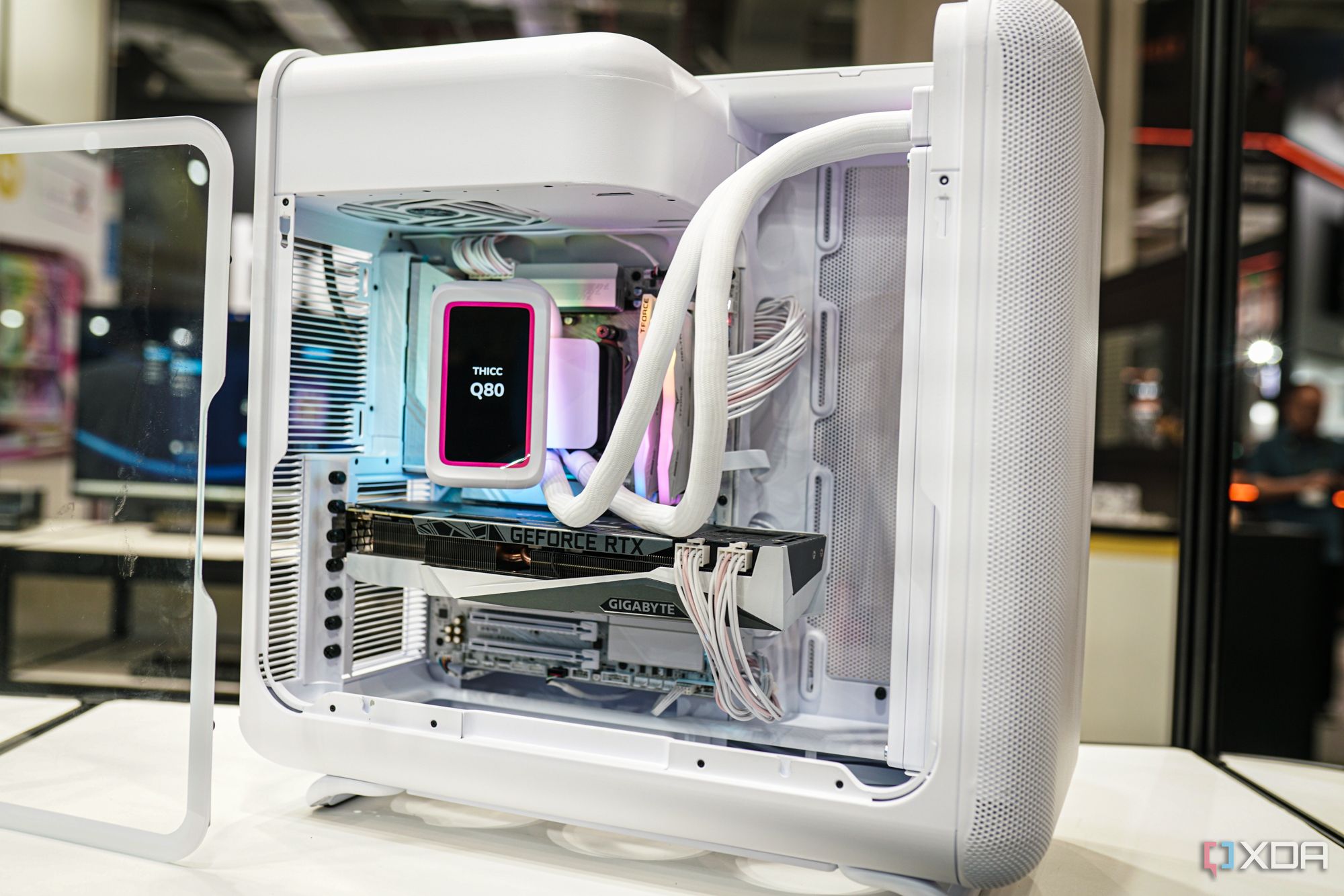
Related
After RGB, needless LCD screens have now invaded every PC component
As if RGB wasn't enough, now LCD screens have taken over PC hardware
5 Ceaseless first-party bloatware
Every company wants its own program
The scourge of bloatware on PC isn't new — gamers have been dealing with motherboard software, individual RGB programs, and multiple game launchers for years. What has accelerated of late is every component and peripheral manufacturer launching its own application to configure settings, control lighting, and update firmware. A lot of the time, all of this stuff can be achieved by excellent third-party programs like VIA, SignalRGB, and Fan Control.
Even if you can't update the firmware for a component with a universal third-party program, the downsides of first-party software often outweigh the advantages. They're needlessly bloated, difficult to navigate, and can even interfere with system resources, affecting gaming performance in the form of microstutters. It isn't too difficult for manufacturers to offload critical features to a third-party app or a first-party web app, but they have vested interests in keeping you within their platform.

Related
7 worst gaming trends that deserve a fatality in 2025
There's plenty wrong with the gaming industry that needs to be left in the past, where it belongs.
4 Proprietary connectors on GPUs
What was the point?
The whole 12VHPWR scandal Nvidia went through, first with the launch of the RTX 40 series and then the RTX 50 series more recently, throws into question the whole point of proprietary GPU connectors. One of the arguments in favor of the new 12VHPWR connector was to prepare for the high power consumption of the RTX 40 series GPUs, but the fancy new connector still ended up burning, melting, and wreaking havoc on people's PCs.
Even the improved 12V-2x6 connector, which was supposed to remove the flaws of the 12VHPWR connector, suffered much of the same fate later. Nvidia could very well have kept things simple with the conventional 8-pin power connectors, just like AMD did with their RX 7000 as well as RX 90 series cards. It would have not only avoided the entire chaos with burning connectors, but also kept things clean and tidy inside the PC by eliminating the need for bulky PSU adapters.
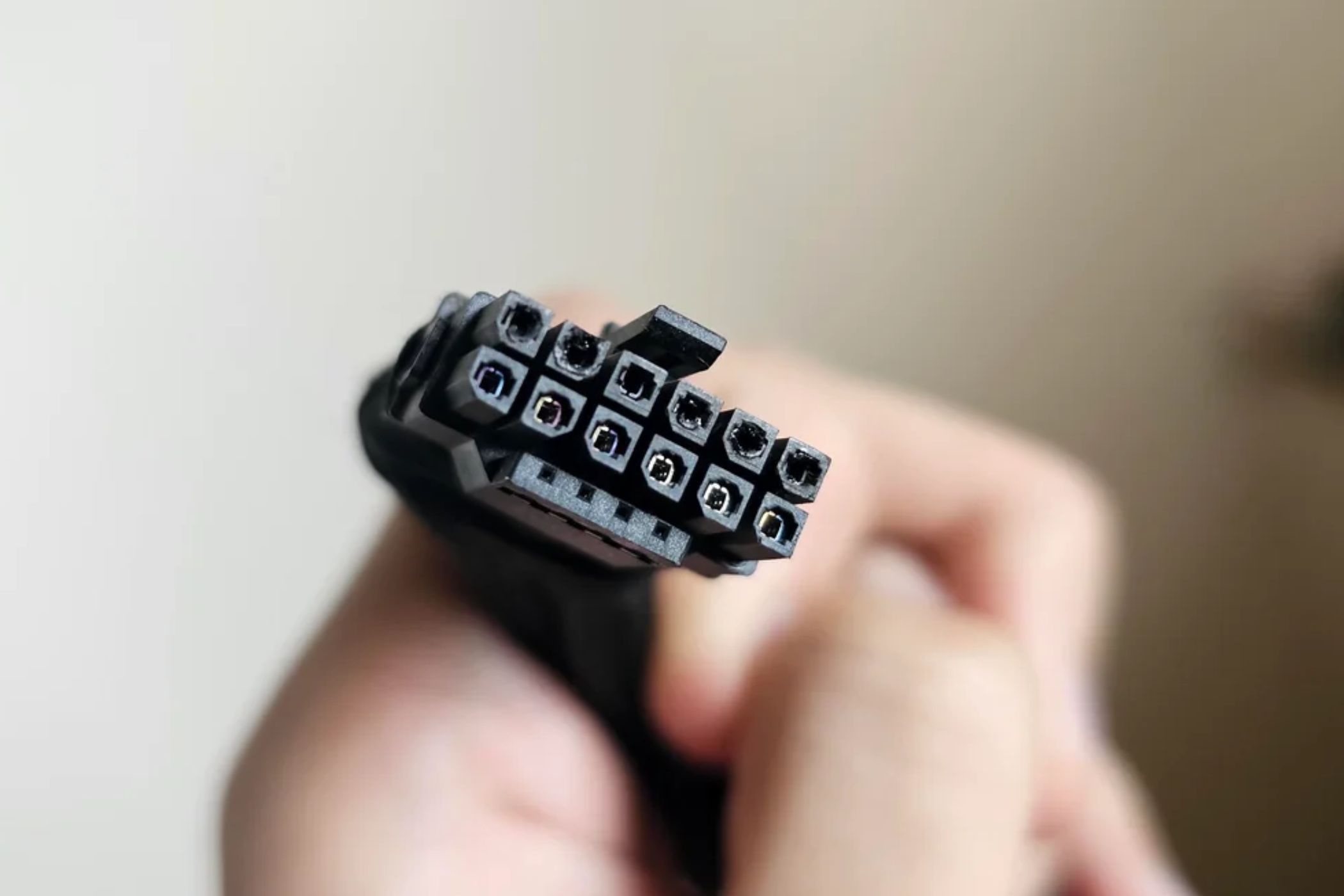
Related
Why doesn’t Nvidia stick to 8-pin PCIe cables?
Nvidia's 12VHPWR woes still exist, making everyone think why not use 8-pin cables like before?
3 Poor quality motherboards
Not just a budget thing
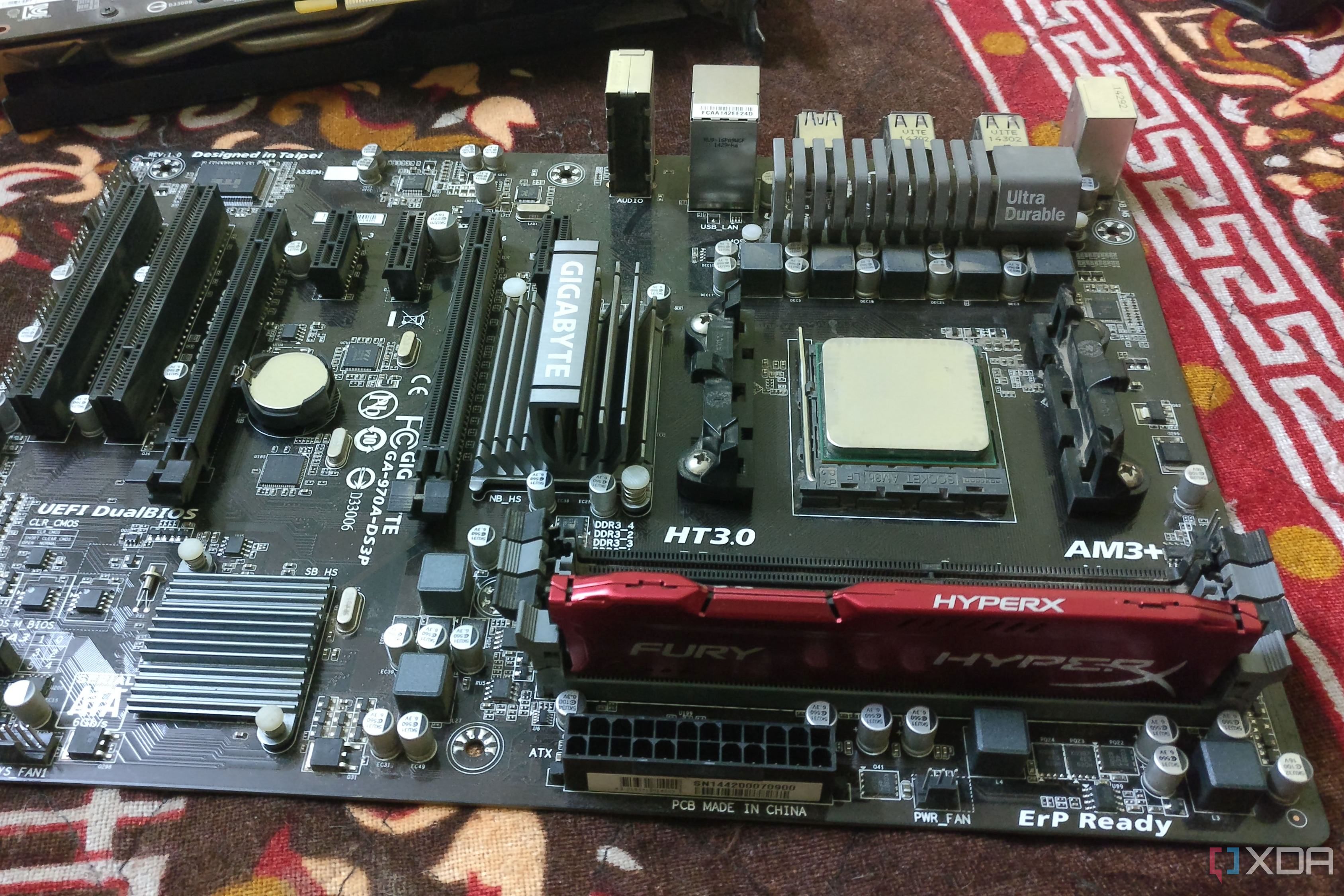
Even in 2025, we have manufacturers producing motherboards that might look well-built, but come with questionable features and internals. The biggest culprits are incapable VRMs, no pre-installed M.2 heatsinks, missing Wi-Fi, and insufficient fan and ARGB headers. Even after spending a significant amount on the motherboard, users are forced to compromise on key features and protections.
And this isn't limited to sub-$100 motherboards; even some sub-$200 motherboards still lack necessary features. Although budget builders don't need overkill VRMs, features like Wi-Fi and enough fan headers aren't really luxuries anymore. Even if you aren't overclocking your CPU, you still need a board with reliable power delivery, so that your hardware can function without any hiccups. It's high time motherboard manufacturers stopped skimping on features and build quality.
2 Overheating SSDs
Where's the line?
There was a time when overheating concerns were limited to the CPU and GPU. With the advent of PCIe 5.0 SSDs, however, people also need to keep their SSDs cool enough to avoid thermal throttling. Gen5 SSDs represented a huge jump in read/write speeds, but that came at the cost of significantly higher operating temps, even when the drives were idle. Due to the underlying circuitry of these advanced NVMe SSDs, they run much hotter than Gen4 SSDs.
And for most people, the upside isn't really there yet. Gen5 SSDs are useless for gaming, and don't provide any boost to your overall system performance. Except for a few workloads, it's still safe to pick a Gen4 SSD over a more expensive Gen5 model. The trend of overheating SSDs is set to continue with Gen6 SSDs, as the transfer speeds and throughput are set to double.
Manufacturers are working on bringing down the operating temperatures of the latest SSDs, but we're far from where we should be. Users shouldn't have to resort to bulky SSD coolers with fans just to keep their drive from heating itself to failure.
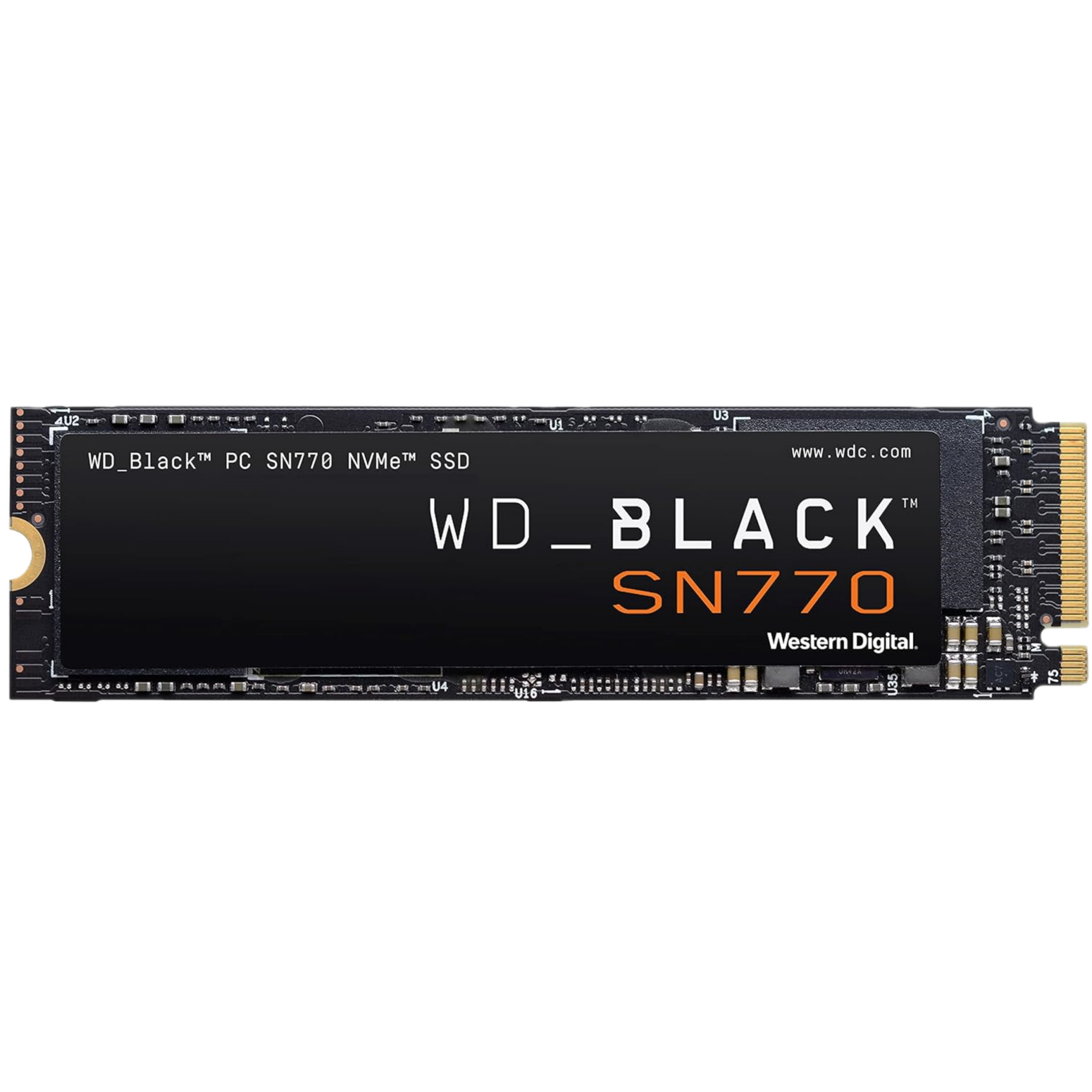
The SN770 2TB is a lot of fast, powerful storage that you can pick up for any PC with an M2 slot. We highly recommend grabbing this one if you can.
1 GPUs with 8GB of VRAM
Both Nvidia and AMD are guilty
In 2025, 8GB VRAM is an insult to gamers. It used to be acceptable on budget graphics cards, but with the likes of Intel offering 12GB of VRAM on the $250 Arc B580 (at MSRP), the days of 8GB VRAM are long behind us. While gamers and the community at large have accepted the fact, companies like Nvidia and even AMD are slow on the uptake.
While Nvidia has been skimping on VRAM since 2020, AMD's upcoming RX 9060 XT is launching with an 8GB variant, too. The limits of 8GB VRAM are well-documented, not just in 1440p gaming, but also at 1080p. Still, Nvidia and AMD are offering insufficient VRAM on GPUs priced as high as $300–$400. This is not "entry-level" territory anymore; the market has moved on, but the manufacturers themselves haven't caught up.
If not us, then who?
As consumers, we share part of the responsibility to ensure these unnecessary trends disappear from the market. If you stop buying GPUs with 8GB of VRAM or components with needless LCDs, the market will gradually reflect that. Manufacturers will be forced to upgrade the quality of budget motherboards, accelerate work on SSD cooling solutions, and get rid of proprietary connectors. Not all trends indicate progress; some are like the subatomic particles that managed to overstay their welcome.
.png)
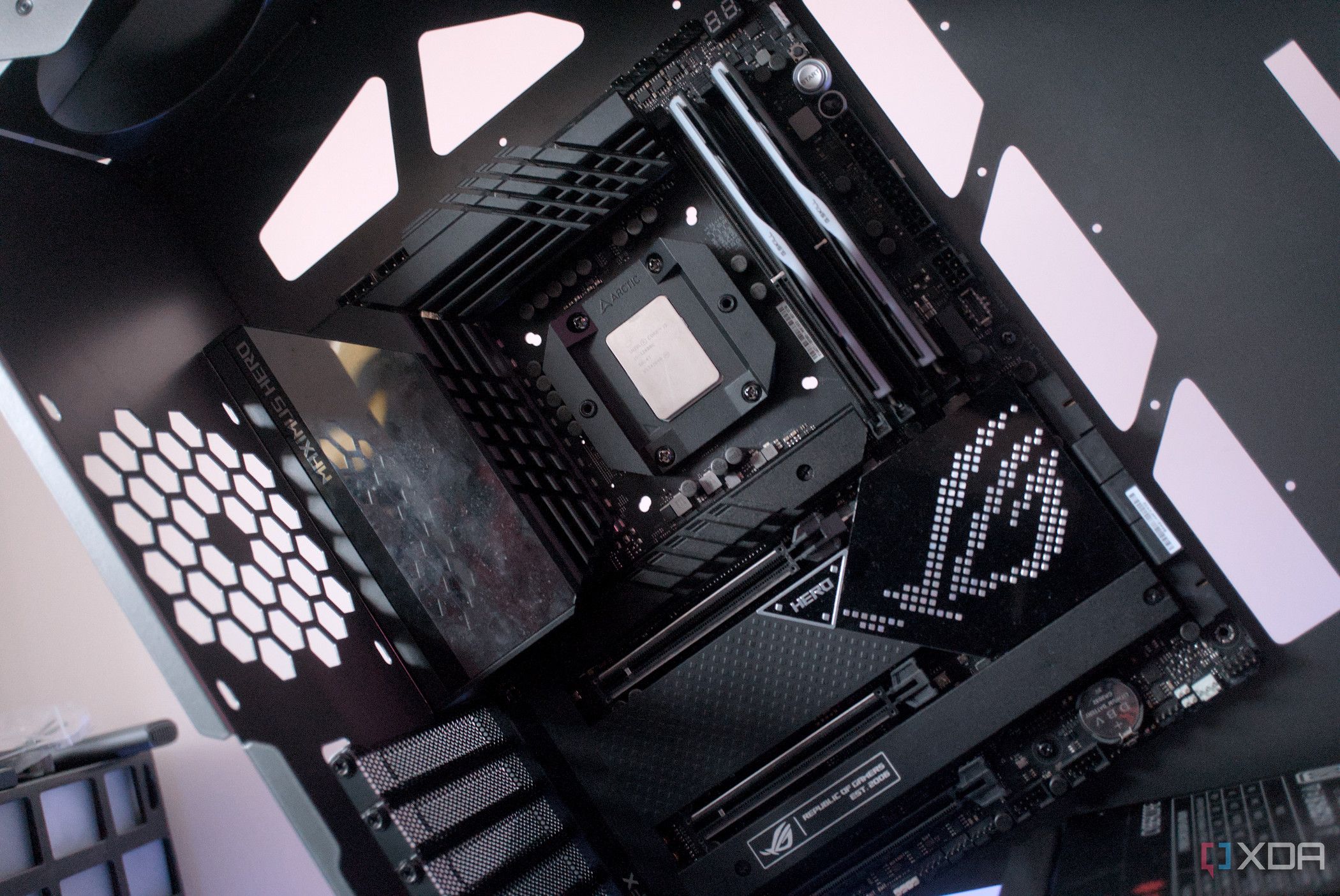
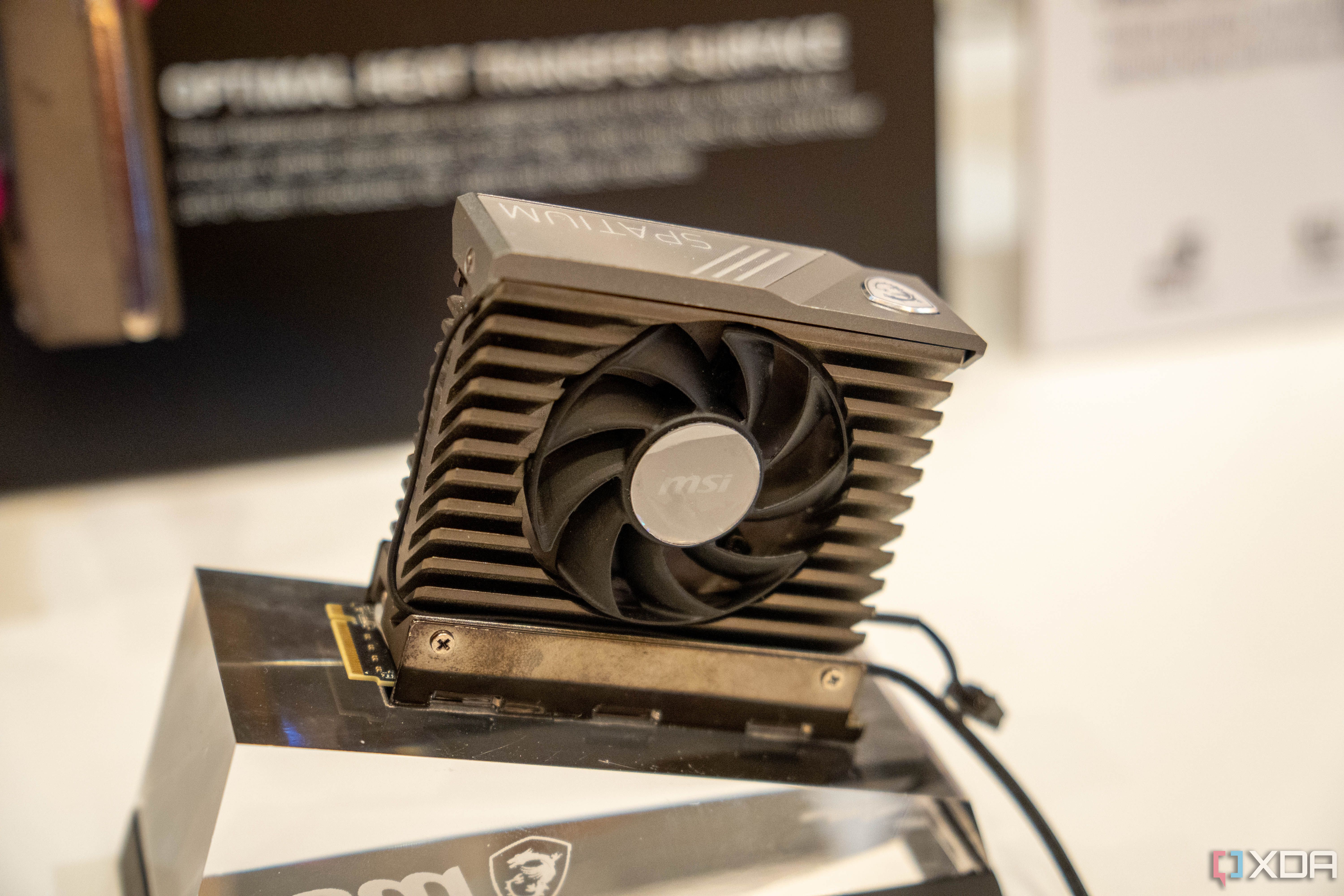
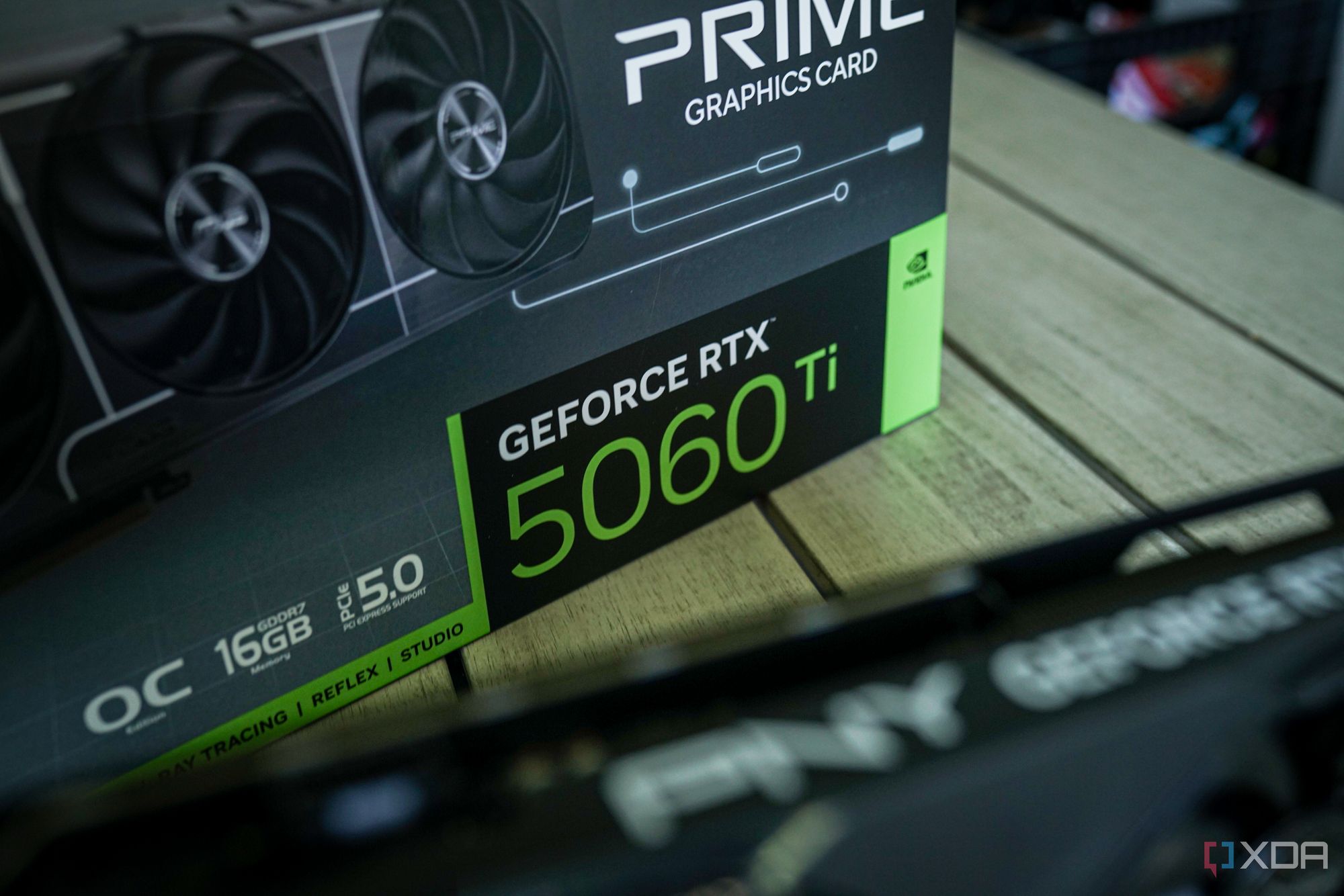










 English (US) ·
English (US) ·